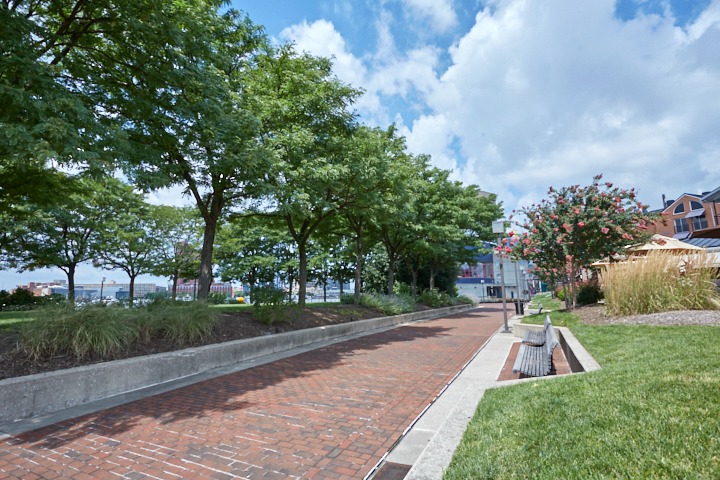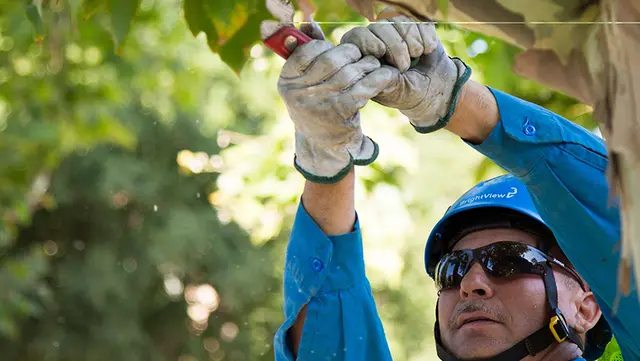
Trees Feel the Pressure in Urban Areas
Trees in urban settings suffer from stress due to limited growing space, drought, construction damage, and other factors

Urban Tree Stress
Urban life can be stressful. Trees in urban environments are challenged by many factors and typically live much shorter lives than trees growing in natural settings. Traffic, overcrowding, pollution -- these things all take a toll on the trees that line city streets. A lack of space significantly limits the ability for roots to expand, reducing the amount of water and minerals available to trees. Compacted soil from human activity is also common in urban settings. This makes it harder for roots to penetrate and receive water and oxygen, both critical for tree health. These factors, combined with natural stress from changing weather patterns, cause a slow and steady decline in urban trees. Trees are some of your property's most valuable assets. Fortunately, there are things you can and should do to help alleviate stress for your trees.
Symptoms
It is not hard to spot trees that are under stress. Common symptoms include:
-
Dying branches
-
Thinning canopies
-
Yellow or scorched leaves
-
Cracks
-
Decay
-
Cankers
-
Pest Invasion
The list of symptoms is long and any of these symptoms can lead to tree loss.
De-Stress Solution
What is the best way to deal with stressed trees? Proactively.
Cambistat® gently slows the growth of trees, allowing them to redirect energy from canopy growth into defense from pests, root production, and stored energy. This reallocation of energy results in healthier, more durable trees. In addition, grow regulators like Cambistat reduce the need for frequent trimming and helps to maintain a manicured look that ensures visible property signage and proper distance from structures and lighting -- factors that increase safety and reduce property liability.
What's more, the benefits are long-term.
Treated trees experience a 40 to 70 percent reduction of growth over three years. And because the growth regulator is applied through the soil, there is no danger of chemical drift on buildings, cars, or passersby.
Be proactive -- your trees will be grateful.
Expertise from Root to Canopy
Need an Arborist consultation? Work with an experienced, safety-conscious local crew, certified arborists, and all the specialty equipment and techniques needed to keep your trees thriving.



